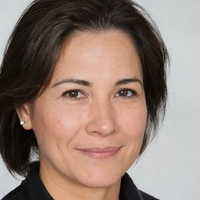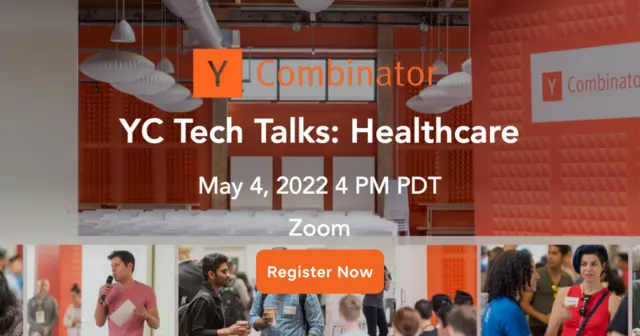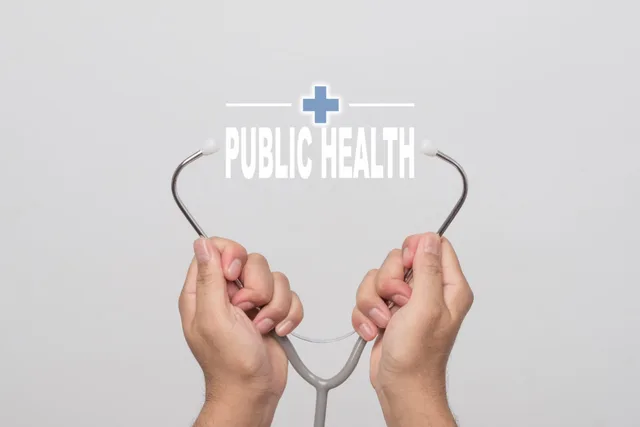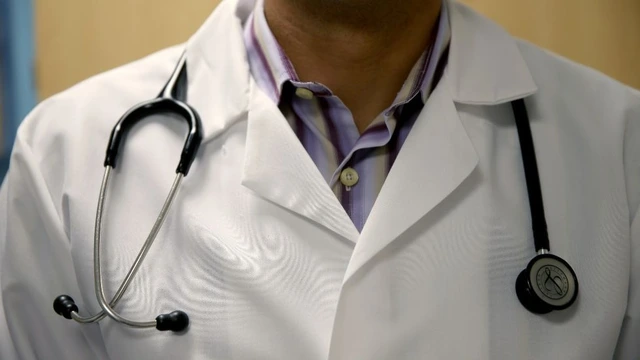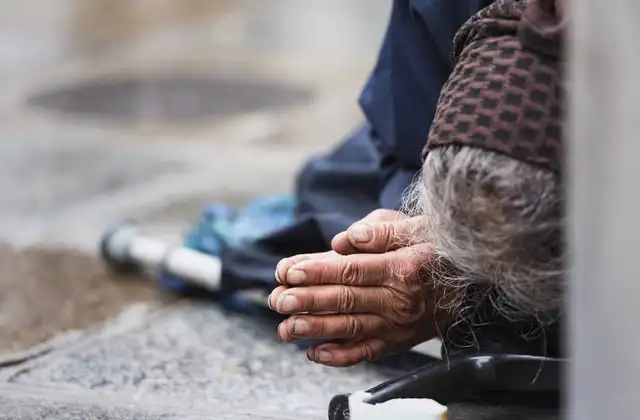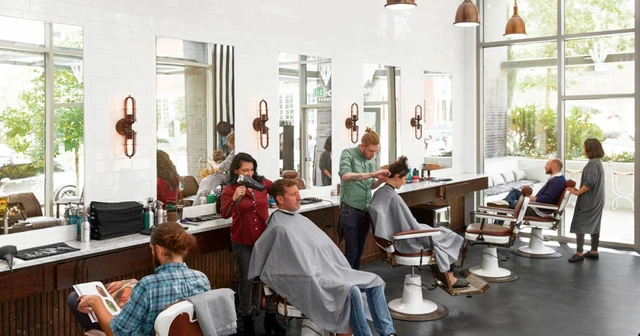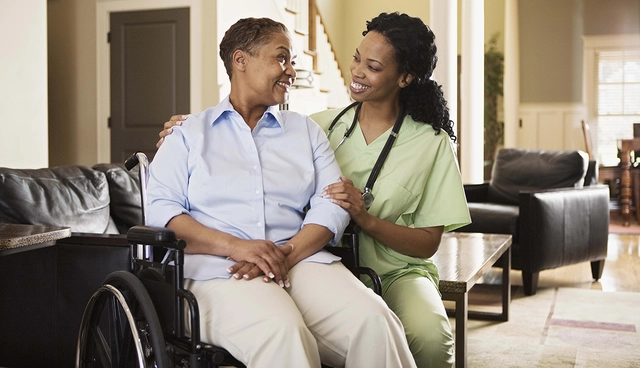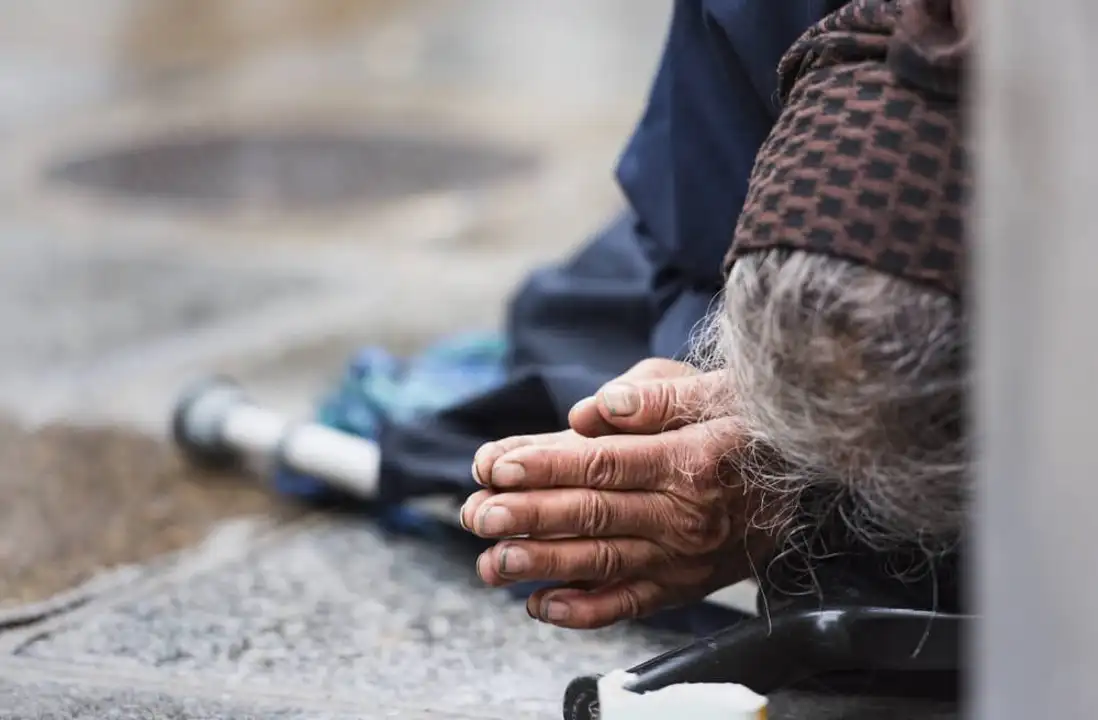
How do poor people pay for healthcare in the United States?
Exploring the Challenges of Accessing Healthcare for Low-Income Families in the US
For many low-income families in the United States, accessing healthcare can be a challenge. Financial instability, lack of insurance, and an inability to pay for treatments are all major roadblocks for these households. In addition to these challenges, there are additional barriers that may prevent individuals from seeking medical attention, such as language barriers, transportation issues, and lack of knowledge about available services. These challenges can be further compounded by cultural and religious beliefs.
One of the biggest challenges that low-income families face when it comes to healthcare is the cost. Healthcare is incredibly expensive, and many families simply cannot afford the high price tags associated with treatments and services. Additionally, many low-income families lack health insurance, which further exacerbates the issue. Even families that have insurance may struggle to pay for copays and deductibles, which can be high depending on the type of insurance they have.
In addition to the financial challenges associated with healthcare, there are also logistical issues that can prevent individuals from seeking medical attention. For example, many low-income families may not have access to reliable transportation, making it difficult for them to get to medical appointments. Additionally, language barriers may make it difficult for families to understand their options and find services that are available to them.
The challenges that low-income families face when accessing healthcare can be compounded by cultural and religious beliefs. For example, some families may not believe in certain treatments or may not feel comfortable seeking medical attention. Additionally, many families may not have the resources or knowledge to seek out the treatments they need. This can lead to a lack of quality healthcare and prevent individuals from receiving the care they need.
Overall, there are a number of challenges that low-income families face when accessing healthcare in the United States. Financial instability, lack of insurance, language barriers, transportation issues, and cultural and religious beliefs can all be major roadblocks for these households. It is important to recognize these challenges and work to address them in order to ensure that all individuals have access to the healthcare they need.
The Financial Strain of Healthcare for the Poor in the US
The cost of healthcare in the United States has become increasingly prohibitive for low-income individuals, making it difficult for them to access and pay for the care they need. The high cost of health insurance, along with rising costs for medical services, has created an environment in which the poor are unable to access quality care. As a result, many low-income Americans are left without the treatment they need in order to stay healthy.
The majority of uninsured Americans are from low-income families, and many of these individuals are unable to afford the cost of health insurance. This is because the premiums for health insurance are often too expensive for those living on a limited budget. Even if they are able to find an affordable plan, the out-of-pocket costs associated with medical services can still be high, making it difficult to pay for the necessary treatments they need.
In addition, many low-income individuals are ineligible for government-funded healthcare programs such as Medicaid and Medicare. This leaves them with few options when it comes to accessing healthcare. Without coverage, they are unable to receive preventive care or access the medical treatments they need. This can result in poorer health outcomes and further financial strain.
Those who are able to receive coverage through government-funded programs often face high out-of-pocket costs for medical services. This can include high copays for doctor visits and prescriptions, as well as high co-insurance payments for more expensive treatments. This can make it difficult for low-income individuals to afford the care they need. For example, a study found that nearly one-third of adults with Medicaid coverage reported difficulty paying their medical bills due to high out-of-pocket costs.
The financial burden of healthcare can be particularly difficult for those living in poverty. In addition to the cost of insurance and medical services, many individuals are also responsible for paying for medications, transportation to medical appointments, and other related costs. This can be a significant strain on their finances and can make it difficult to access the care they need.
Overall, the cost of healthcare is a major burden for the poor in the United States. Without access to affordable health insurance and the resources to pay for medical services, many individuals are unable to receive the care they need. This can lead to poorer health outcomes and further financial strain.
Examining the Impact of Healthcare Costs on the Poor in the US
The cost of healthcare in the United States is a growing source of concern for many Americans, not least of all the poor. With the cost of basic health services rising annually, the poor are finding it increasingly difficult to find quality healthcare services that are affordable.
The Affordable Care Act (ACA) was a step in the right direction for providing healthcare to the poor. It provided subsidies and tax credits to people who qualified for them. However, there are still large gaps in coverage for the poor. Many states have yet to expand Medicaid, leaving many low-income individuals without access to healthcare.
For those who do qualify for Medicaid, there are still challenges. Many states have implemented restrictions on the types of services they will cover. This leaves many poor people with limited access to the care they need. Additionally, many doctors do not accept Medicaid, leaving even fewer options for those who do qualify.
The high cost of health insurance presents another challenge for poor people. Even with subsidies and tax credits, the cost of health insurance is often too high for many low-income individuals. This leaves them with no way to get the care they need.
The lack of access to quality healthcare has a profound impact on the health and well-being of the poor in the US. Poor people are more likely to suffer from chronic diseases and lack access to preventive care. They are also more likely to be uninsured, which further adds to their financial burden.
The cost of healthcare is a complex issue, but one that needs to be addressed. The government must take steps to ensure that all citizens have access to affordable healthcare services. Additionally, the private sector must work to reduce costs and make care more accessible to those who need it.
Understanding the Barriers to Healthcare for Low-Income Americans
The United States is the wealthiest nation in the world, yet there is still a large segment of the population that struggles to afford healthcare. Poor people in the United States face a number of financial and structural barriers when it comes to accessing healthcare.
One of the most significant barriers is the cost of insurance coverage. Many low-income Americans cannot afford the high premiums and out-of-pocket costs that come with purchasing health insurance. Without insurance, these individuals are unable to access preventive care and other forms of medical treatment.
Another barrier is the lack of access to quality care. Low-income Americans are often located in areas with limited healthcare options. This means they may have to travel long distances to receive care, or may not have access to specialists or the latest treatments.
Finally, there is the issue of bureaucratic red tape. Obtaining healthcare coverage can be a complex and confusing process, and many low-income Americans are unable to navigate the system or understand the rules and regulations. This can lead to delays or denials of coverage.
These barriers can have a profound effect on the health and wellbeing of low-income Americans. Without access to quality and affordable healthcare, these individuals are more likely to suffer from chronic health conditions, such as diabetes, heart disease, and obesity.
Fortunately, there are programs and initiatives in place to help low-income Americans access the healthcare they need. These include Medicaid, the Children’s Health Insurance Program (CHIP), and the Affordable Care Act (ACA). These programs provide low-cost or free health insurance coverage to those who qualify.
The issue of healthcare access for low-income Americans is an important one, and one that must be addressed in order to ensure that all Americans have access to the healthcare they need. By understanding the barriers and taking advantage of the programs available, low-income Americans can get the healthcare they need and deserve.
